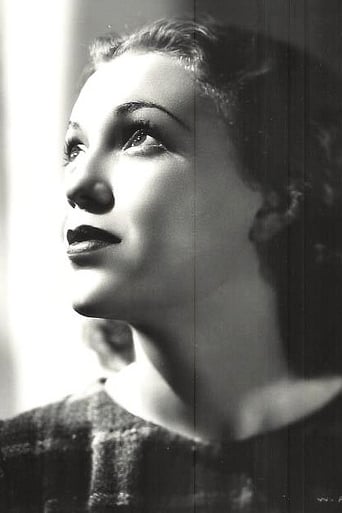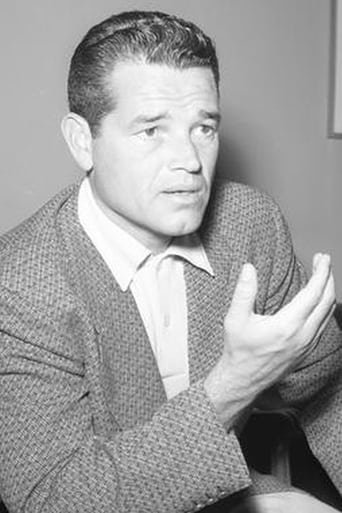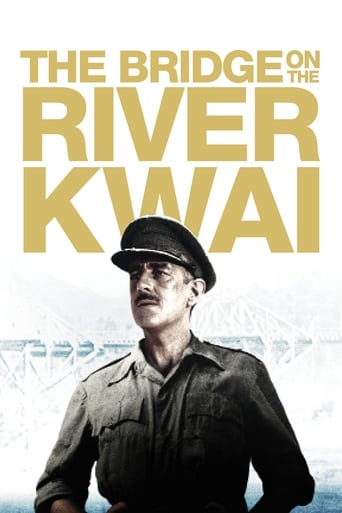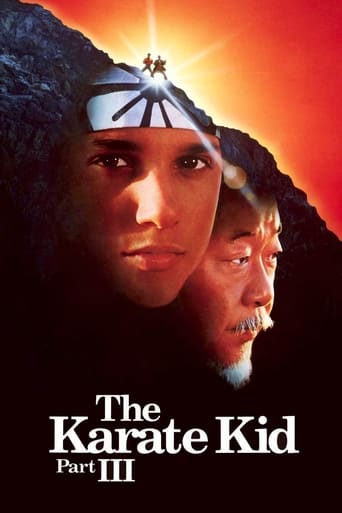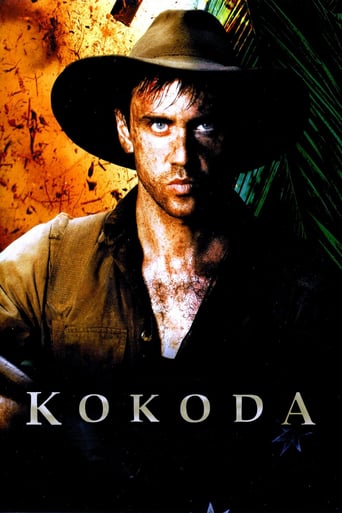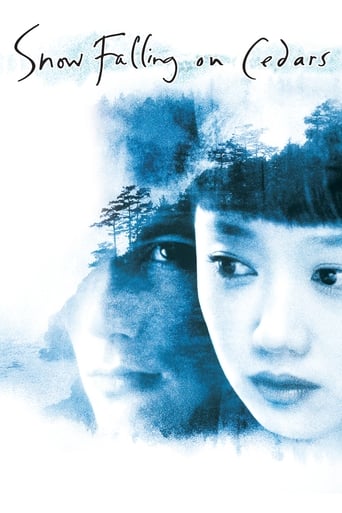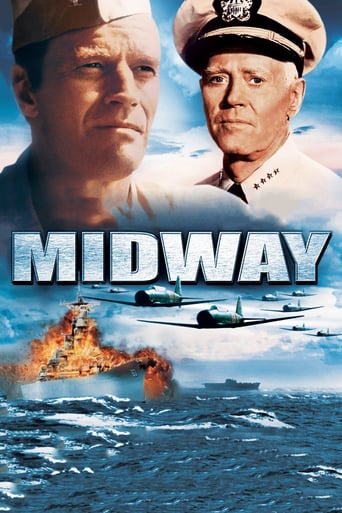
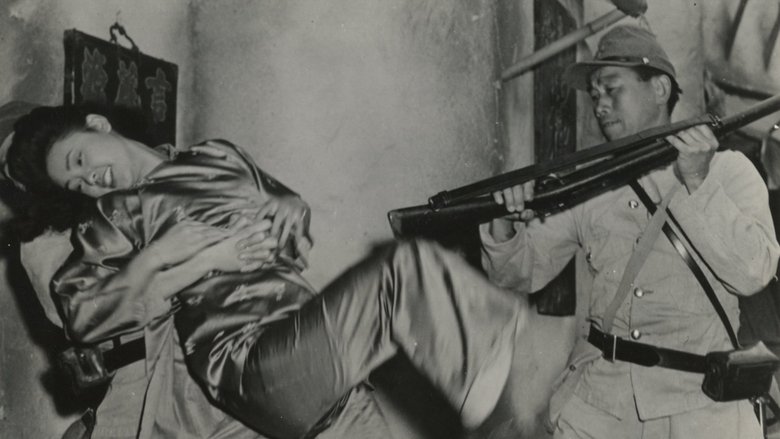
Behind the Rising Sun (1943)
A Japanese publisher urges his American-educated son to side with the Axis.
Watch Trailer
Cast


Similar titles
Reviews
Although some very interesting things were said in it, in the final analysis Behind The Rising Sun was more propaganda than truth to it. It was also insulting and in fact a couple of things might have gotten director Edward Dmytryk membership in the Hollywood 10.J. Carrol Naish and Tom Neal with Oriental makeup on them play father and son. Naish a member of the rising new business class in Japan can afford to send Neal to Cornell in America. He comes back sporting new hep cat idioms of expression.The film tries for some verisimilitude as Naish says that Japan is about to take its place in the world, that the white man is not a majority by any means in the world. Neal doesn't quite to make of his dad's militance but drinks it in far more than he realizes then. That bit of dialog I'm sure got noticed by the folks at House Un American Activities Committee headed around then by Mississippi racist John Rankin.Later on the roles reverse as Naish decides his country has become to fascist with its Samurai based code of military behavior. Japan is the great example always held up by historians about the need for civilian control of the military. By then Neal is a true believer in the destiny of Japan.Another thing that got HUAC's attention was George Givot playing the Russian journalist who becomes friend and benefactor to Americans caught in Japan after Pearl Harbor. A friendly portrayal of a Communist would certainly do the trick with the HUAC thought police.At one point Neal and former employer engineer Don Douglas have a nasty confrontation and decide to settle it with seconds. Neal gets wrestler Mike Mazurki who excels in Judo. Douglas gets his friend Robert Ryan to go in for him. In real life Mazurki was a wrestler before turning to acting and being really good at it. Ditto for Ryan who did box as an amateur and both look like they know what they're doing. Both go into the ring using their arts. Ryan and Mazurki must have had one good laugh over it because the heavier and very agile Mazurki would have killed Ryan.A couple of other key roles are Dorothy Thompson like reporter Gloria Holden and Margo playing the girl Neal wants to marry. Her heart is truly broken.Behind The Rising Sun had some serious things to say, but in the end with that insulting makeup just doesn't hold up today.
This film was an attempt by Edward Dymtryk to show the Japanese as individuals, and not as stereotyped sub-humans commonly portrayed in the other films of the period. The goal was to show Japan's aggressiveness was the result of a militaristic culture that came to dominate the country by squashing out all forms of liberalism. The Office of War Information (OWI) approved of the approach for they were constantly dismayed by Hollywood's depiction of the Japanese, feeling that after the U.S. had won the war these types of negative portrayals would only hinder a solid relationship between the two nations. I think it could be argued that "Behind The Rising Sun" failed to meet expectations, and ended up being a confused piece of propaganda. This is what probably makes it rather fascinating to watch today. It never firmly develops any major sympathetic Japanese character except the one played by Margo, and the basis of her character is that she is intrigued by all things American. The Japanese character played by J Carrol Naish has changed his political outlook by the conclusion of the film to be against Japan's expansionist aspirations. He decides his best course of action is to kill himself. Tom Neal, who looks like he is auditioning for a part in a video for The Vapor's "I Think I'm Turning Japanese," is apparently supposed to be an example of how Japan's militaristic culture can take a happy-go-lucky fellow, and transform him into a ruthless and cold hearted killer. His transformation doesn't seem very believable. His actions seem to support the racists notions the viewer might have had at the time rather than cast doubt on them."We never let a cat break up a good poker game in Idaho" --Lefty I think my favorite scenes in the film involve Robert Ryan's character, Lefty. When he shoots his pistol at a cat, and the authorities show up and confiscate his gun he is completely befuddle. It's like he can't believe he is in a country that is so oppressive that a fellow can't even shoot a cat. His fight scene with Mike Mazurki is quite memorable too.
Today (even in 1943) this film is very racist dealing with Japanese son educated in US goes back to Japan and takes part in atrocities there and in China. The whole China sequences are very grisly and actually disturbing, such as nailing the baby to the door by his/her pigtail along with the usual raping and pillaging of the Chinese countryside. They even keep the Chinese drugged up with free heroin handouts from trucks that pull into the villages. There is just one "good" Japanese character in the movie, the female secretary who works for an American architect caught in Japan with some Western reporters when WW2 finally erupts. But then these characters get tortured and sentenced to death. On the whole film it is NEVER boring...never. It has very good production and fine actors (even though Japanese are all played by white Europeans a la Charlie Chan). Now get this! RKO was asked by US government to make a picture that would portray Japanese in a real and fair way instead of the crop of anti-Japanese pictures that were made already so to stave off racial hatred toward this group. It was rampant in US (not so, for Germans though, interestingly films about Nazi's always had numerous "good" Germans, never in propaganda Japanese films who were usually portrayed as sub human hordes.)Anyway this was Hollywood's answer to the problem. Unbelievable! Film though is considered an excellent yet hysterical example of WW2 propaganda at the time.
We'd call it racist today, but this constantly amusing bit of rabble rousing did what it had to do at the time, while allowing somewhat refreshingly that not all Japanese were monsters. When this was made, the outcome of the war was still not assured, although the bombing raids over Tokyo were in full swing, as the end of the film shows. Along the way there's an incongruous mix of white RKO stock leads unconvincingly playing the main Japanese characters while actors of actual Japanese descent play minor supporting parts. J. Carrol Naish may seem silly as a Japanese businessman, but he is surprisingly sincere as the misguided father who goads his nonviolent, Americanized son with jingoistic pleas to enter military service. To the father's eventual dismay, the son, played by Tom Neal in one of Hollywood's more notable instances of miscasting, becomes an increasingly callous savage who comes to relish Japanese atrocities while on duty in China. Showing that Hollywood could do the Goebbels thing with the best of them, the film proceeds to show Japanese soldiers pushing opium on children, yanking mothers away from crying infants, hauling Chinese women into prostitution houses, bayoneting children, and--worst of all--slapping around American nationals! The highlight is a wacky, drawn-out duel of strength between an American boxer (Robert Ryan doing his "The Set Up" thing six years before the fact) and a Japanese jujitsu expert. The film's opening titles claim that the whole thing is 100 percent true and authentic, a perfect red flag to take it all with a grain of salt.


